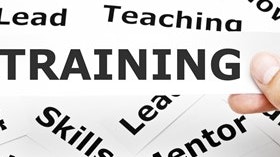Homepage
•
Learning Library
•
Blog
•
Know the ISTE Standards for Administrators: Create a learning culture
Expand breadcrumbs
Expand breadcrumbs
- Learning Library
- Blog
- Know the ISTE Standards for Administrators: Create a learning culture
- Homepage
- •
- Learning Library
- •
- Blog
- •
- Know the ISTE Standards for Administrators: Create a learning culture
Know the ISTE Standards for Administrators: Create a learning culture
By Helen Crompton
December 1, 2014








